How ready is Switzerland for a nuclear disaster?
At the time of the Cold War, Switzerland took the threat of nuclear attack very seriously: in 1963, it undertook to provide bunker places for every citizen to take shelter in the case of an atomic attack. But how well prepared is the country nowadays?
“Considering recent threats such as North Korea, are there any proposed changes to bomb shelter laws?”
Where the threats are coming from
Pyongyang is seeking to develop a nuclear-tipped missile capable of reaching the United States. 50 years after the Treaty on the Non-Proliferation of Nuclear Weapons was signed (1968), there are still about 10, 000 atom bombs spread around the world, 93% External linkof which are owned by Russia and the US. At the same time, a nuclear escalation cannot be ruled out between India and Pakistan.
This was a question sent in to us by Alex, one of our readers, when we asked them what sort of things they would like to know about Switzerland. Alex is not alone in fearing some kind of nuclear attack. In October, former US Defence Secretary, William Perry, told the International Luxembourg Forum on Preventing Nuclear Catastrophe External linkthat the threat of a nuclear attack is at its highest level since the Cold War.
If Switzerland were to take a direct hit from a nuclear bomb, there would clearly be widespread devastation, as you can see by testing different types of virtual bombs at this google interactive siteExternal link. Experts seem to agree that you cannot prepare for a direct hit, you would simply have to react.
But what if a nuclear bomb were to be detonated somewhere else in the world, blowing a radioactive cloud over Switzerland? It seems that the small Alpine country is prepared for such a scenario, as it is for an accident at one of its five remaining nuclear power stations. The response would be similar.
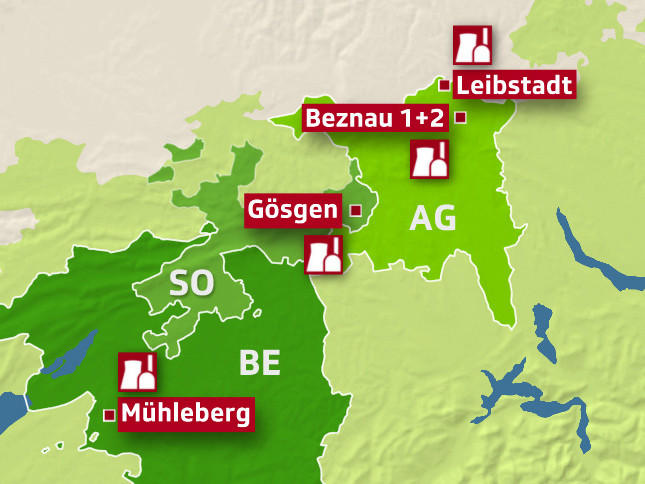
Pascal Aebischer from the Federal Office for Civil Protection told swissinfo.ch that there was no perceived acute threat of a nuclear war that might affect Switzerland and, as such, “in the area of civil protection, no specific measures are being considered”.
He says civil protection measures are more geared towards “catastrophes and emergencies”.
His office has a federal centre of expertise for exceptional incidents, called the National Emergency Operations CenterExternal link, and a laboratory in Spiez with a monitoring and emergency task force to deal with a major nuclear or radiological event in Switzerland.
A general emergency exercise is carried out every two years in the vicinity of one of the four nuclear power plants. It involves a number of federal bodies in charge of emergency response, including the Federal Office for Meteorology and Climatology, MeteoSwiss, and the Spiez LaboratoryExternal link. This year the exercise was held near the Mühleberg nuclear power station in canton Bern.
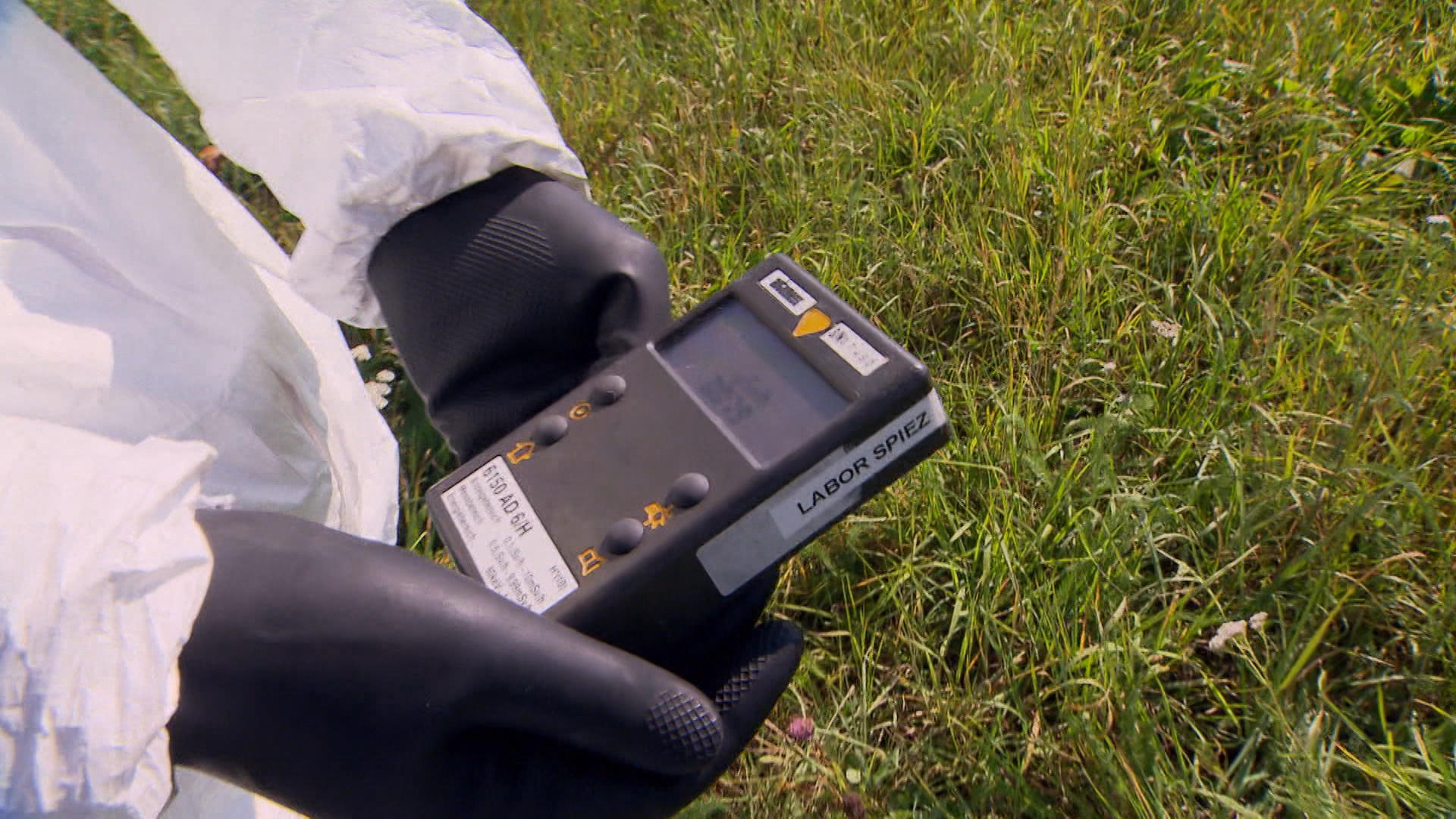
More
Measuring radiation in the air and soil
A national network of sirens and shelters
Switzerland has more than 7,000 sirens for warning the population in a broad range of possible emergency cases, including a nuclear accident. These are tested annually on the first Wednesday of February. The ‘general alarm’ signal is sounded when there is a possible threat to the population. It signals to people that they should turn on the radio and follow the instructions of the authorities.External link
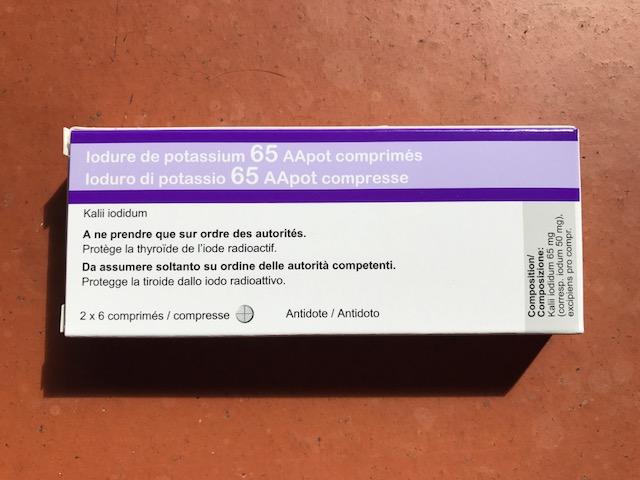
Jean-Marc Fellay from ORCOCExternal link, the local emergency planning organisation for nine villages in western Switzerland, told swissinfo.ch what would happen after an alarm sounded. “Depending on the type of incident, people would either be told to stay at home and close their doors and windows, or they would be told to go straight to a shelter.”
They may also be told to swallow a potassium iodide tablet. Every ten years, these are distributed to people living near nuclear plants, as a precautionary measure in the event of a nuclear accident. If taken in time and at the appropriate dosage, the pills block the thyroid gland’s uptake of radioactive iodine.
It’s assumed that, if there were a nuclear incident necessitating use of the shelters, there would be time for the municipalities, cantons and the civil protection organisation to stock them up with food and water. Meanwhile, members of the public are advised to keep their own emergency supplies. Details are outlined in this government pamphletExternal link.
Switzerland is unique in having enough nuclear fallout shelters to accommodate its entire population, should they ever be needed. This right is enshrined in the constitution:
“Every inhabitant must have a protected place that can be reached quickly from his place of residence”.
“Apartment block owners are required to construct and fit out shelters in all new dwellings”.
(Articles 45 and 46 of the Swiss Federal Law on Civil Protection).
In practice, when new houses and apartments are built without bunkers, the owners have to contribute a tax to their commune to secure a place in a civil defence shelter.
Jean-Marc Fellay showed swissinfo.ch what it was like inside a bunker in the village of Domdidier in canton Fribourg. This shelter is reserved for a 100-strong civil defence unit, and is big enough for 132 people.
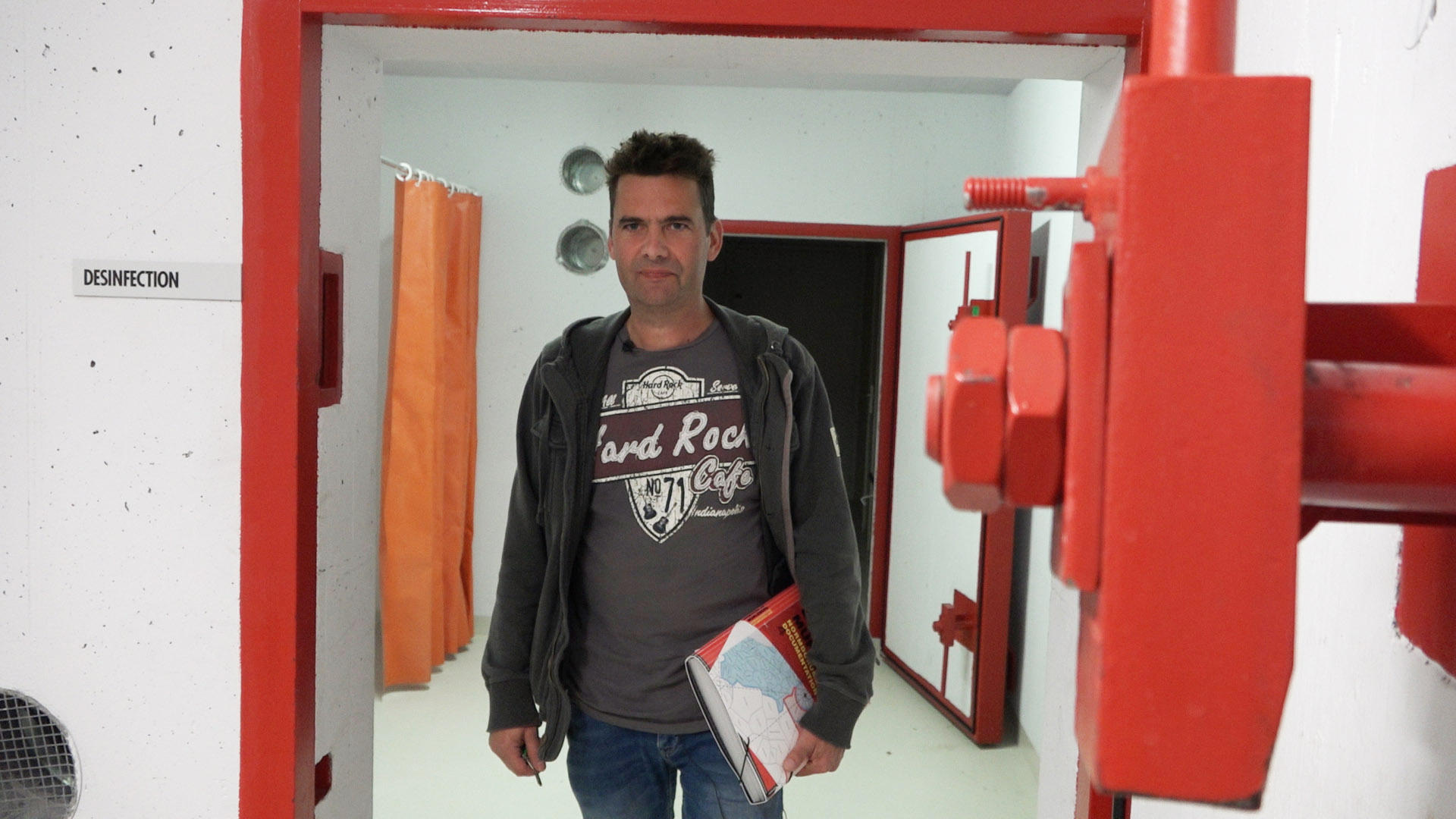
More
What a nuclear bunker looks like
After evacuation
“If there were a nuclear cloud passing over us, the soil would be contaminated”, Jean-Marc Fellay explains.
“The idea is that you would stay for up to five days in the shelter and then come out again, when it was safe.”
But what would happen if, after five days, the soil was still toxic? “I can imagine that the only answer is to leave. Go somewhere where the place is not contaminated”, Fellay told swissinfo.ch. But neighbouring countries could also be affected by a nuclear cloud, of the kind that passed over central Europe following the Chernobyl nuclear accident in Ukraine in April 1986.
Twenty years after the accident, Switzerland still suffered higher than normal rates of radioactivity, with up to 200 deaths from cancer being directly linked by the Federal Health Office.
Jean-Marc Fellay concludes, “We’ve never had to do an evacuation on a grand scale but, sadly, it’s something you have to think about”.

In compliance with the JTI standards
More: SWI swissinfo.ch certified by the Journalism Trust Initiative
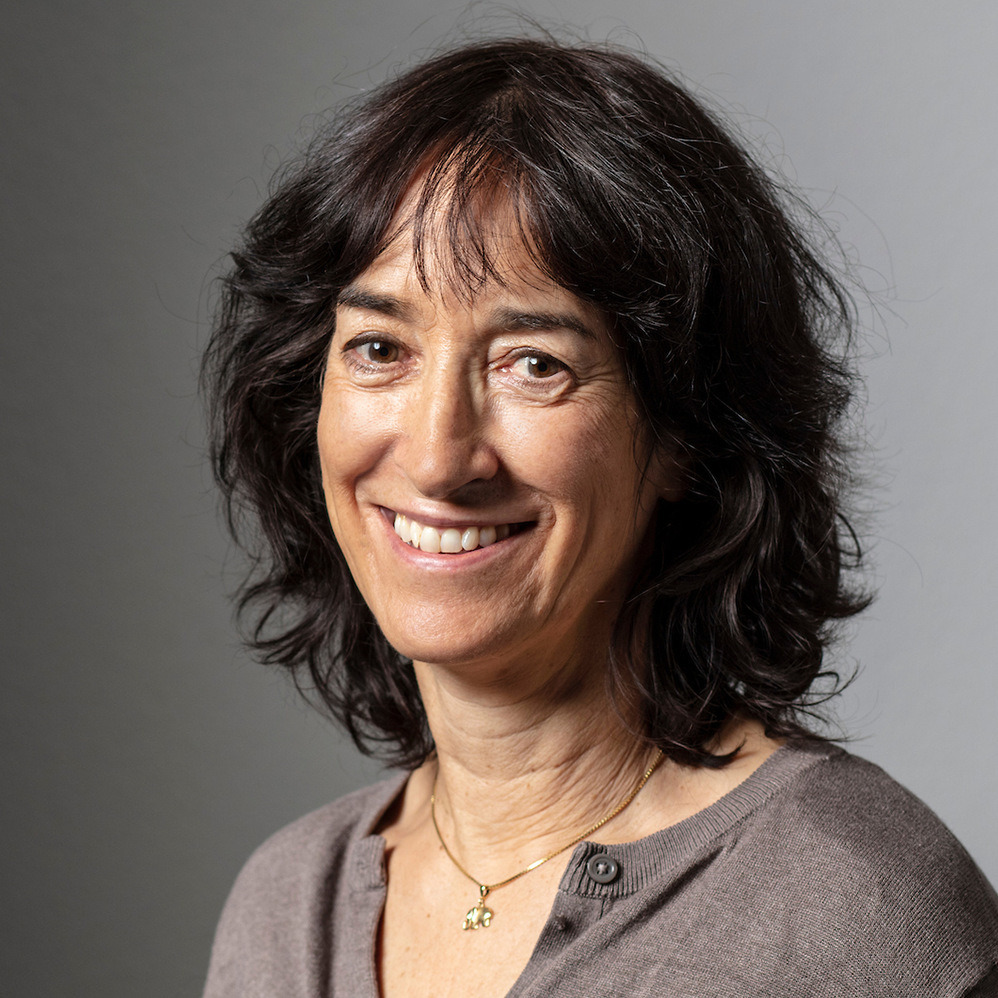








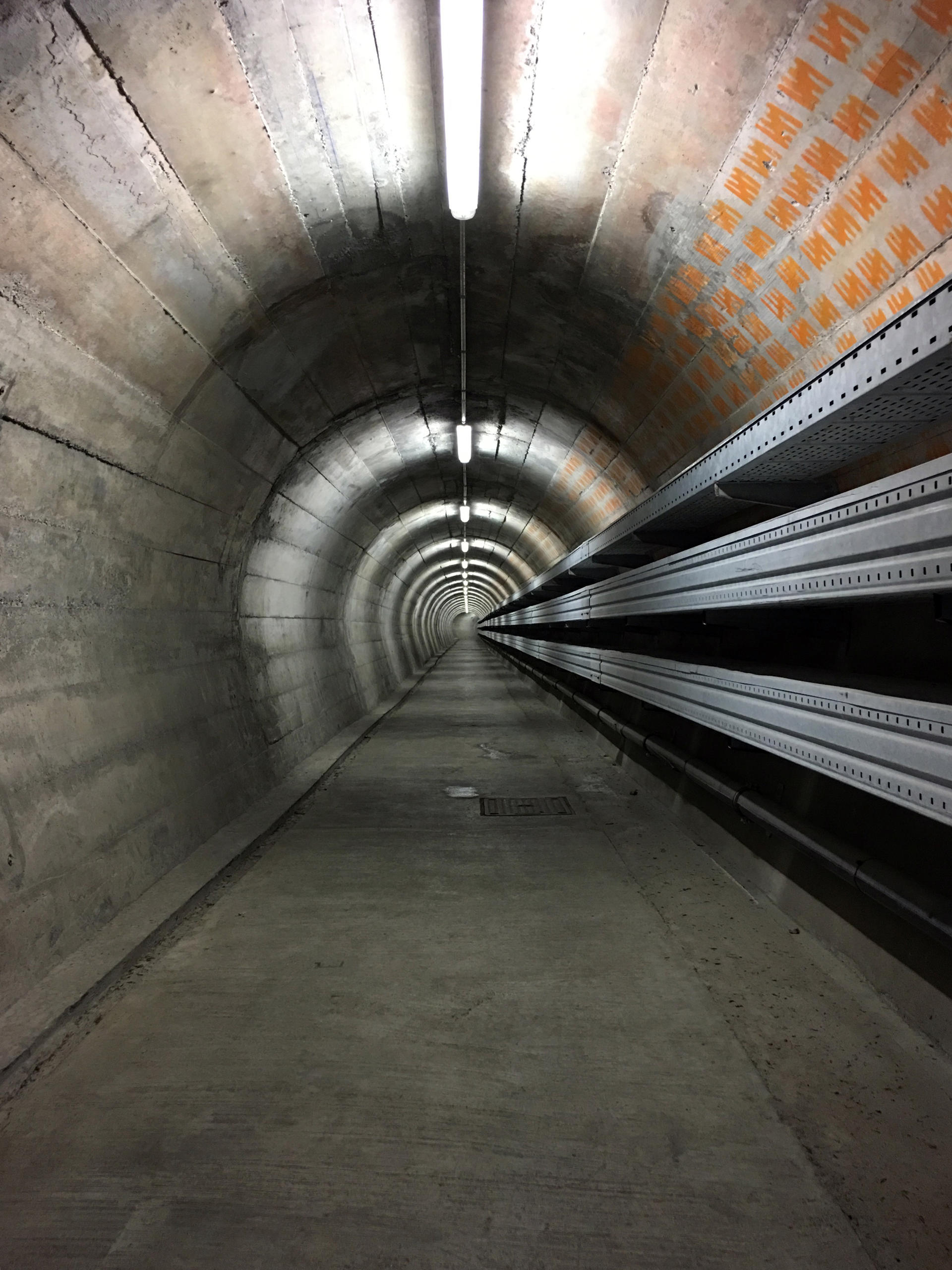

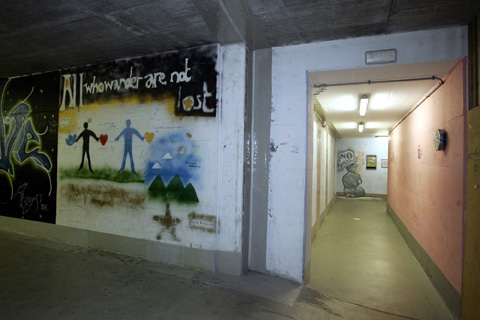
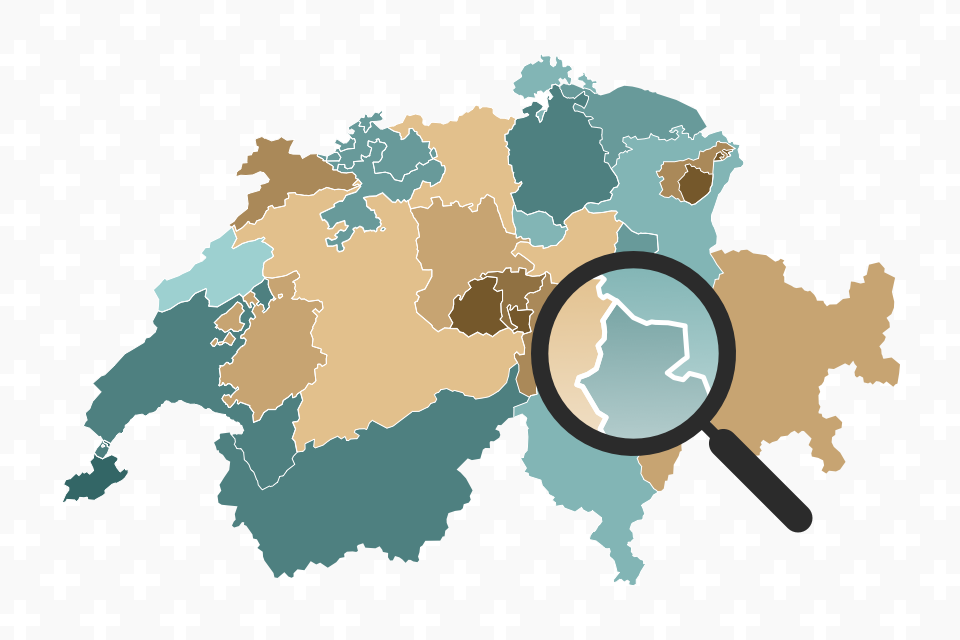
You can find an overview of ongoing debates with our journalists here . Please join us!
If you want to start a conversation about a topic raised in this article or want to report factual errors, email us at english@swissinfo.ch.